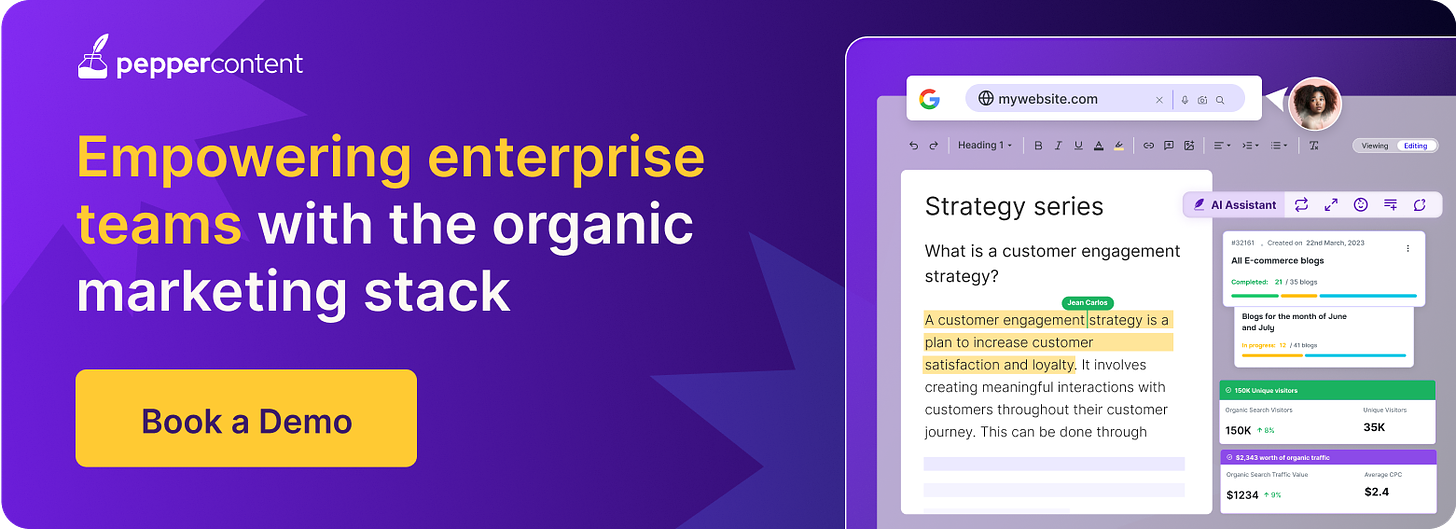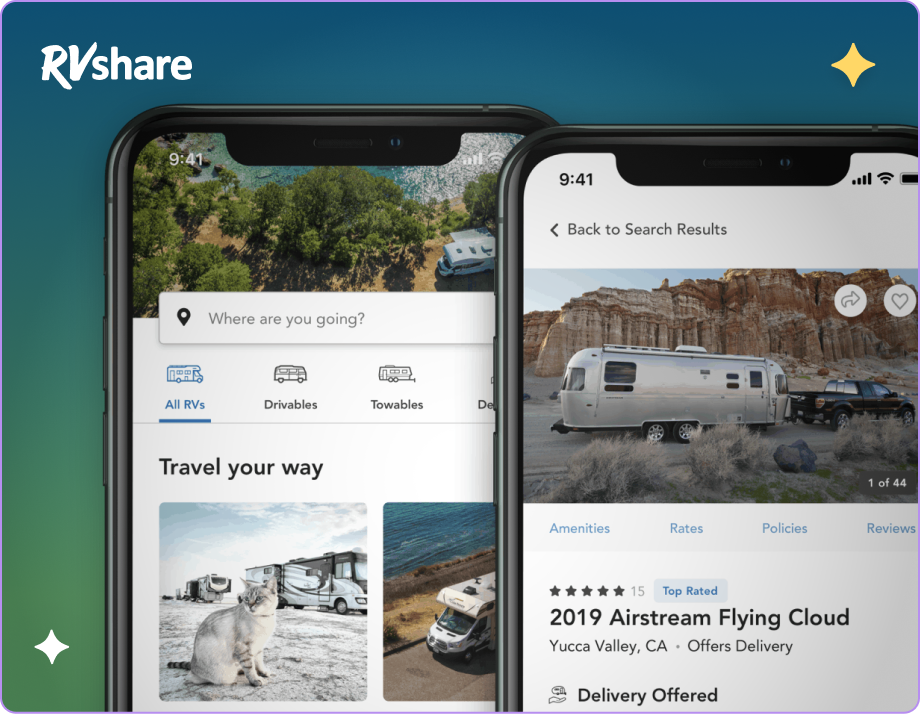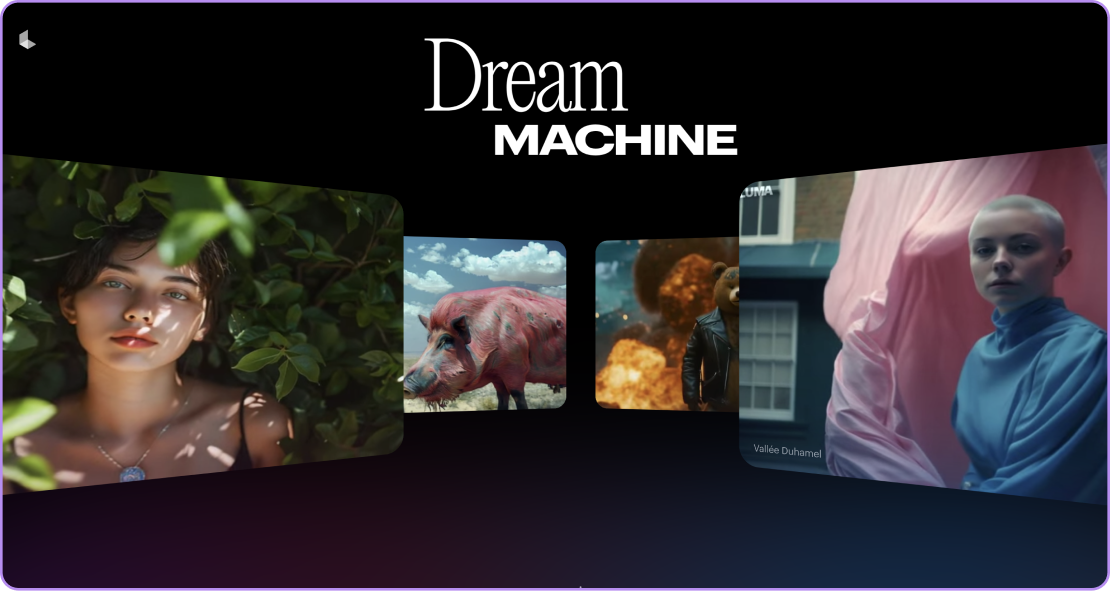Claude Sonnet should be on every CMO's radar
The latest iteration of Anthropic's chatbot is the best AI tool we've seen yet.
“Claude Sonnet” sounds like the title of a bad poem by a French exchange student in a Poetry 101 class. But naming oddities aside, it’s one of the most mind-blowing AI tools I’ve used yet.
Anthropic's latest chatbot model, Claude Sonnet — also known as Claude 3.5 — outperforms OpenAI’s GPT-4o, Google’s Gemini, and Meta’s Llama on almost every key assessment. You can test drive the tool for yourself if you spring for a pro subscription.
To start, Claude Sonnet is a disturbingly solid writer. I asked it to write an essay about campaigning for the 2024 U.S. election in the style of David Sedaris, and it matched the humor writer’s trademark tone and style. I’ve been using it to synthesize research for my new book, and it summarizes complex neuroscience concepts with surprising nuance. It can even code a website from a cursory sketch on a cocktail napkin.
That still doesn’t mean marketers should rely on it for everything. Some use cases are excellent fits for AI. Others, not so much. Most teams still need guidance making these distinctions.
My rule of thumb: AI is your best friend if you’re repurposing existing content, like translating an e-book to a LinkedIn carousel or turning a press release into a blog post. You’ve already done the heavy lifting of ideation; AI is just translating your ideas into new formats. (Even in these straightforward cases, keeping a human in the loop can make AI outputs 10% better.)
But if you want to craft genuinely original thought leadership, be wary of using AI for your first draft. For humans, drafting and refining is a valuable critical thinking exercise. It helps us turn rough concepts into polished insights. The first drafts AI systems produce, on the other hand, are filled with inherently recycled ideas. Claude Sonnet may do a spot-on Sedaris impression, but it's more of a skilled mimic than a true visionary.
Still — it's a massive improvement from the previous version, and we're in the relatively early days of LLM technology. My other rule of thumb? Use these systems for as many things as you can. It’s the only way to keep up.
The AI Hype Matrix maps the latest AI news stories across an unimpeachable scale of Hype (everyone is talking about this!) and Fear (will this kill my career? Will this kill EVERYONE?). Here’s this week’s rundown.
Did you have “Apple and Meta sitting in a tree” on your 2024 bingo card? For about 24 hours this week, rumors were flying about an AI-focused flirtation between the two tech rivals — though they’ve since shot down speculation about a potential partnership.
Speaking of unholy unions, fossil fuel giants are going all-in on AI — which is not at all suspicious or disconcerting in the least. Also on our radar: Former OpenAI chief scientist Ilya Sutskever wants to develop superintelligent AI safely, Forbes accuses Perplexity Pages of plagiarism, music labels file copyright infringement suits against Suno and Udio, and AI helps restore a centuries-old work of art.
Common business use cases for AI
Last week, we looked at how busy professionals use AI to work smarter, not harder. This week’s chart showcases how businesses are adopting this same mindset, with the use case of contact center automation at the top of the list.
RVshare uses AI to rev up its content marketing
Content marketing is a little like #vanlife: It’s all fun and games until you’re sneaking into truck stop showers and spending hours on Reddit researching roof sealant.
Okay, perhaps it’s not directly comparable, but the point is that effective content marketing is harder than it looks. That’s why RVshare, a peer-to-peer rental platform for recreational vehicles and motorhomes, partnered with Pepper Content for some roadside assistance.
Pepper’s custom AI-human hybrid solution — which included a team of 50 writers, editors, and other AI wranglers — helped the brand produce more than 10,000 pages of content, significantly boosting RVshare's SEO performance. The collaboration also resolved common user pain points and improved the company’s website experience.
Read more about how RVshare and Pepper Content are tapping into the power of human + AI teamwork.
Luma Dream Machine
It’s only been a couple of weeks since Luma AI debuted its text-to-video generator, Dream Machine, but the tool is already getting a thumbs up from marketers and creatives alike. Dream Machine is currently free and available to the general public — so anyone can sign up for an account and experiment with bringing short film concepts to life.
Break out of your brand’s echo chamber
Ever witnessed a beloved brand roll out a weird new product that begs the question, “Did anyone ask if customers wanted this?” (Lookin’ at you, Flamin’ Hot Mountain Dew.) Whether you're launching a new offering, rebranding, or fine-tuning a campaign, seeing things through the eyes of diverse customer personas can lead to more inclusive and effective marketing.
This week’s prompt encourages you to analyze a product or campaign from multiple perspectives — an exercise that can help you refine messaging and avoid embarrassing misfires.
Suggested prompt text:
"Analyze our latest product launch/marketing campaign through the lens of ten different customer personas. How might each respond, and what adjustments could we make?"Last week, we asked how polite you are when interacting with AI chatbots. More than two-thirds (67%) said you mind your Ps and Qs all the time, 17% said you’re usually polite enough, and 17% said manners are irrelevant because chatbots are “soulless code.” We’ll be praying for this last cohort when the AI overlords invade.


















